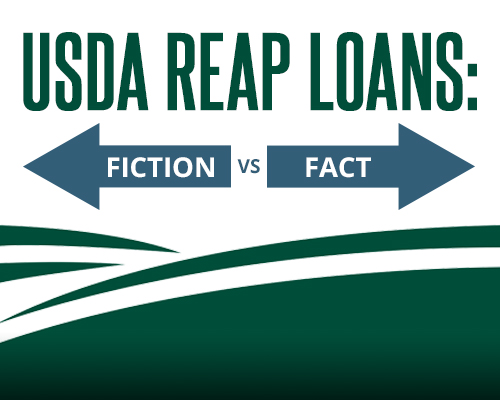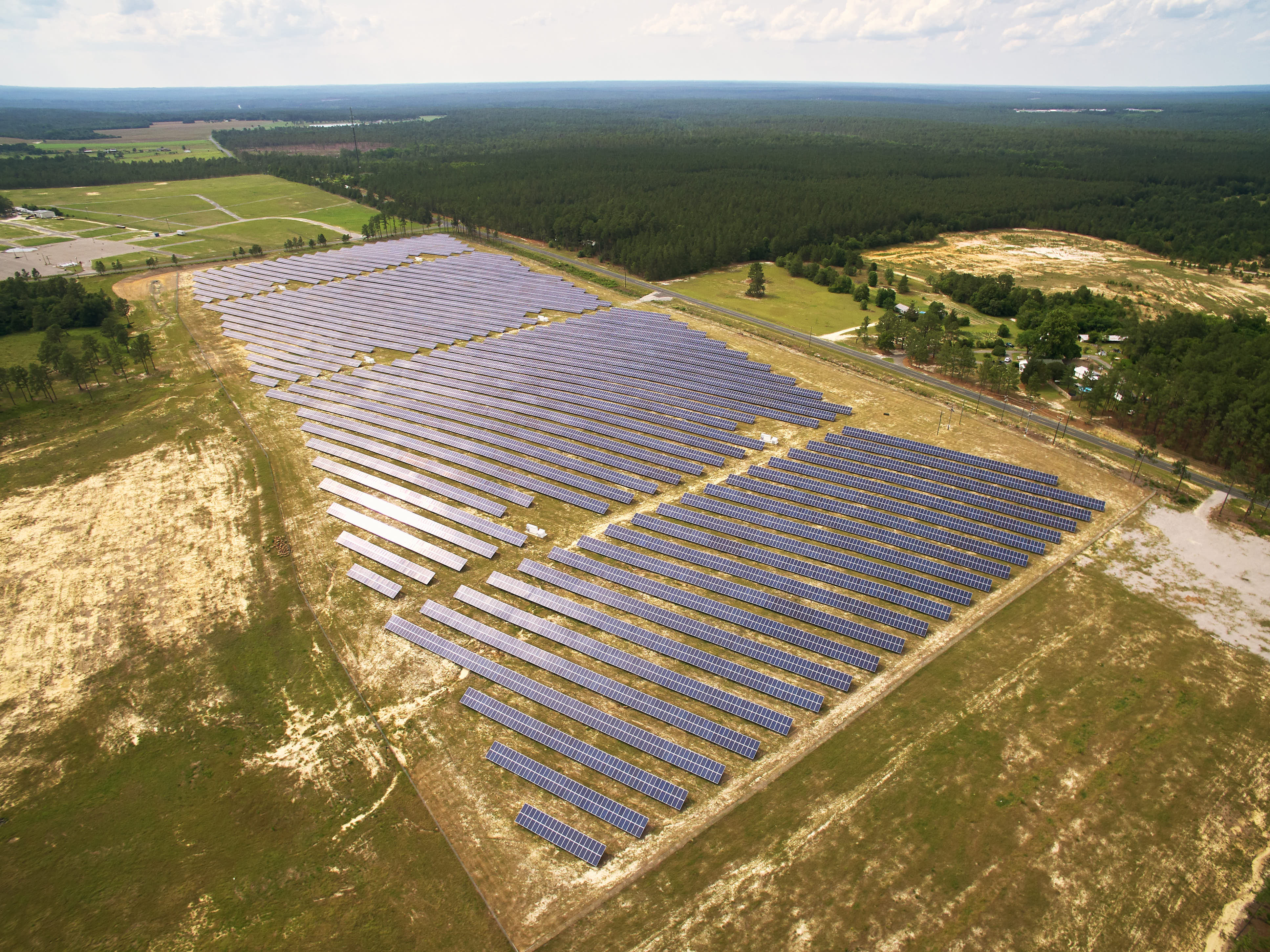Nature is Unpredictable Here's How to Ensure that your Renewable Energy Project Isn't
The renewable energy industry is ripe with opportunity, as developers set their sights on new projects such as solar, wind, and hydro. As with any lending project, it's important to understand the potential risks up front, and protect against them proactively. With renewable energy projects, one particular risk is environmental issues - if not handled properly, these can take a toll on your timeline, and rack up unwanted delays. There are a few steps you can take to ensure that environmental issues don't impact your financing or project timelines.
Environmental issues and the lending process
 The level of environmental complexity, and how it affects the lending process, depends on the type of renewable energy project involved. For instance, when a lender will take an interest in land, it's important to confirm that the property is clean from environmental hazards; if the lender must take over the interest in the land (either leased or owned), they don't want to assume unexpected liability for environmental issues.
The level of environmental complexity, and how it affects the lending process, depends on the type of renewable energy project involved. For instance, when a lender will take an interest in land, it's important to confirm that the property is clean from environmental hazards; if the lender must take over the interest in the land (either leased or owned), they don't want to assume unexpected liability for environmental issues.
What do some of those environmental issues look like?
- Solar projects don't produce as many environmental concerns, but ground mount solar installations can impact archeological sites and wetlands, even without digging deeply into the ground.
- For wind projects involving a windmill or turbine, it's important to consider how the span, height, speed, and motion of the blade interacts with wildlife, particularly the bat and avian populations.
- With hydro projects, which may require damming a river, environmental concerns can arise when changing the flow of water - this alters the movement of silt and pollutants, and can also block the natural migration of species, resulting in adverse effects on population.
These issues can impact a new energy project by requiring site modifications, the creation of new project scopes, or other financial issues that can delay the project, and affect its overall economics and energy production.
How to proactively mitigate environmental issues
Most environmental issues can be solved through a relatively easy and low-cost solution, or, if discovered early, can be avoided altogether. Good environmental due diligence during the early stages of development is essential to guarantee a tighter timeline, and avoid unexpected costs.
Specific to solar, it's important when acquiring or developing a site to first determine whether the proposed project will involve ground disturbance. Ground disturbance expands the scope of environmental issues you might encounter, whereas rooftop systems, for example, have a fraction of those issues (if any).
With all projects, it's important to identify regulatory and environmental concerns early. For solar, this takes shape through a National Environmental Policy Act (NEPA) review, and also by conducting a Phase I site assessment, which will identify recognized environmental concerns that must be addressed during site development. Both should be completed early in your development process.
Even with good due diligence, it's possible for the cards to be stacked against you. For example, the existence of wetlands and other environmental concerns - even discovered in the 11th hour - could require that a site be resized, which would affect the resulting energy production and project economics. This is a risk, particularly for the construction lender, which is why it's important to factor in potential hiccups when building a project timeline.
How the right partner can help
Although environmental concerns are relatively rare in the utility-scale solar arena, when they do arise, it's invaluable to have a lender who can keep a level head and work to develop a plan to address the issue.
Financing parties that are open to being educated on environmental risks, and working with the developer to address concerns, are the best partners - patience and an eye for problem solving are also crucial. It's important, when developing a project that has environmental impact, to find a lender who is prepared to understand the regulations (at least at a high level) and how the project is designed to comply, which can be helpful in getting cost-effective financing.
Creative partners will have experience participating in several federal loan guarantee programs that require a thorough review of environmental issues, both from a hazard perspective and from the standpoint of protecting sensitive ecological, or historic land.
Overall, when considering a renewable energy project, be cognizant of the potential environmental issues and how they can affect the lending process, the project's timeline, and the financials - you'll be on a path to success.
 Rebecca Rogers Chilton is a domain expert with the Renewable Energy team at Live Oak Bank, where she has helped build a team that deployed more than $200 million in renewable energy financing in its first year. Prior to joining the bank, Rebecca was assistant general counsel and a commercial loan officer at Self-Help Credit Union, where she started the renewable energy lending practice from scratch, and a structured finance associate at Moore & Van Allen, PLLC. Rebecca is a graduate of Wellesley College and the University of North Carolina at Chapel Hill School of Law.
Rebecca Rogers Chilton is a domain expert with the Renewable Energy team at Live Oak Bank, where she has helped build a team that deployed more than $200 million in renewable energy financing in its first year. Prior to joining the bank, Rebecca was assistant general counsel and a commercial loan officer at Self-Help Credit Union, where she started the renewable energy lending practice from scratch, and a structured finance associate at Moore & Van Allen, PLLC. Rebecca is a graduate of Wellesley College and the University of North Carolina at Chapel Hill School of Law.
Live Oak Bank | www.liveoakbank.com
Volume: 2017 September/October










.png?r=2350)

